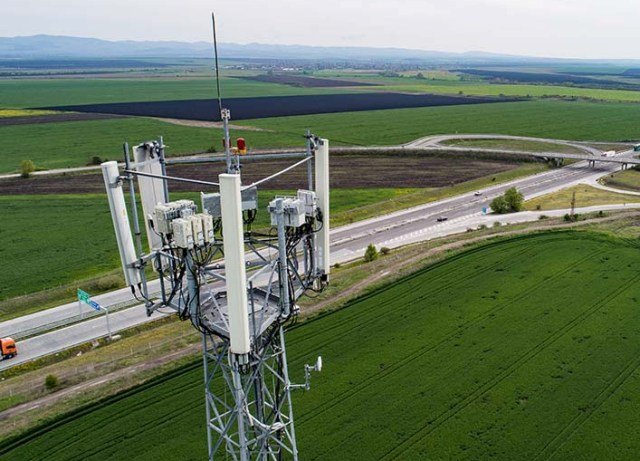AT&T CEO John Stankey’s announcements during the Analyst and Investor Day presentation provide a clear roadmap for its business growth and shareholder value creation over the next three to five years.

AT&T aims to double fiber internet availability and enhance its 5G network by 2027, expecting to reach over 50 million fiber locations by 2029. This strategic emphasis aligns with industry trends towards high-speed broadband, offering potential for long-term revenue growth.
AT&T’s strategy of offering bundled discounts on fiber and wireless services positions it to attract and retain customers, boosting average revenue per user (ARPU).
AT&T expects free cash flow to exceed $18 billion in 2027 and plans to return over $40 billion to shareholders through dividends and share repurchases over the next three years.
The transition away from legacy copper networks will reduce maintenance costs and improve margins.
With annual capital investments projected at ~$22 billion, AT&T’s disciplined approach ensures sustainable growth without overextending finances.
The company raised its adjusted EPS forecast for 2024 to $2.20–$2.25, slightly above market expectations. Analysts expect steady growth through 2027, Reuters news report said.
AT&T’s significant capital investments and shareholder returns necessitate careful debt management.
AT&T is well-positioned in the growing 5G and broadband market. Its success will depend on staying competitive with rivals like Verizon and T-Mobile.
The sale of AT&T’s 70 percent stake in DirecTV by mid-2025 will reduce exposure to the declining pay-TV market and generate $7.6 billion.
AT&T’s blend of consistent dividends, infrastructure investment, and focus on high-growth broadband markets makes it an appealing option for long-term investors seeking a mix of income and growth. However, near-term volatility due to high capital investments and competitive pressures may present opportunities to average down positions.
